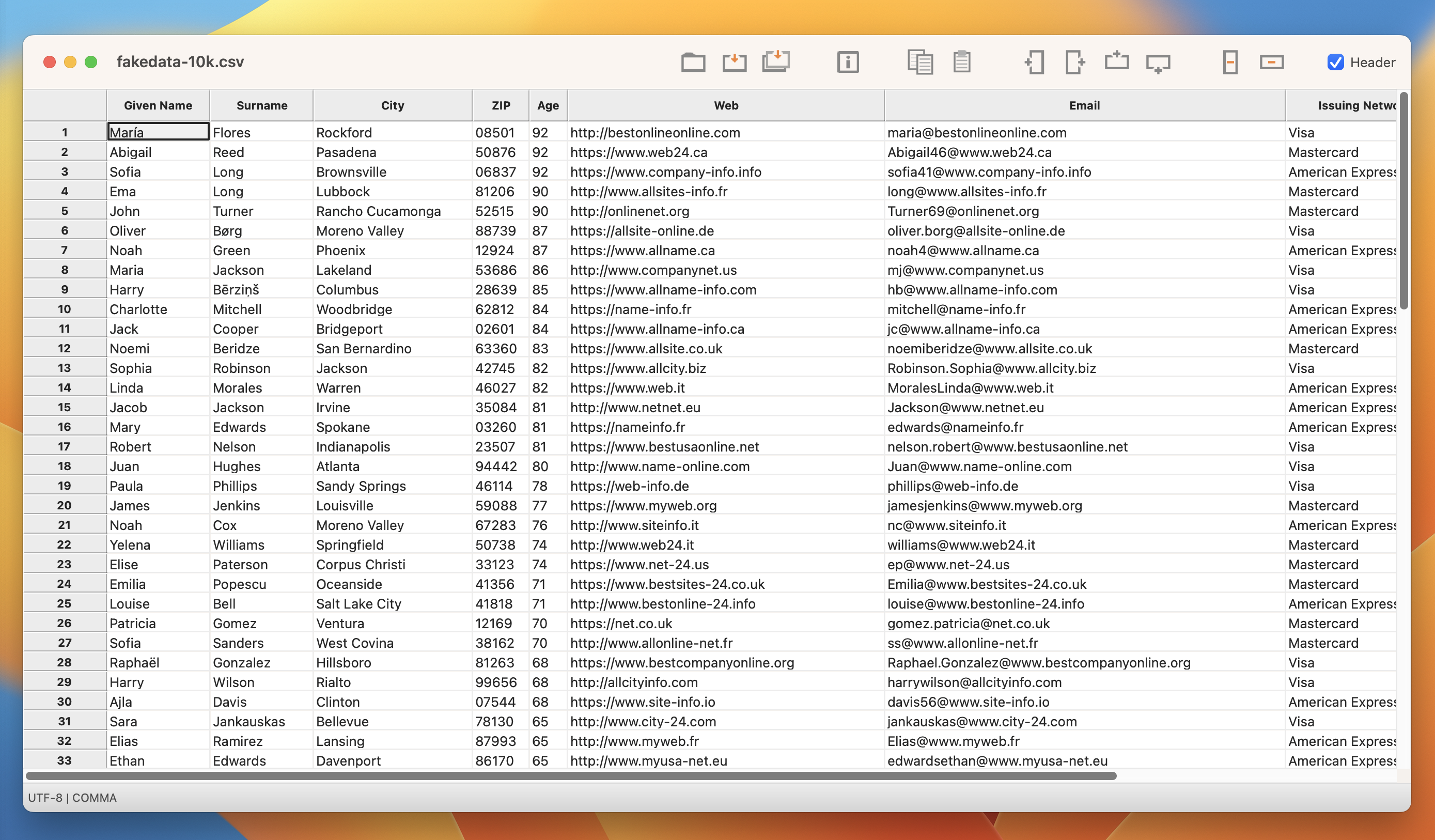New beta for Tablecruncher 2
May 31, 2023
Important update:
The development of Tablecruncher Version 2 — a planned rewrite with a new UI and additional features — has been discontinued.
Instead, I’ve decided to make the original Tablecruncher (Version 1) free and open source.
You can read more about the reasons behind this decision and what’s next for the project in this → blog post.

Hey there, fellow CSV crunchers!
I’m excited to share a new beta version with you, even though it has been a bit slower than anticipated. So, why the delay? Let’s dive in!
The main reason for the slower pace is a significant decision I made: switching from C++ to Python as the foundation of my application. This change may seem like a detour, but it’s actually a strategic investment in the future. By transitioning to Python, I’ll gain the ability to implement features faster and more efficiently in the long run. Python’s vast ecosystem of data-mangling libraries will empower Tablecruncher to handle and process data like never before.
I want to address a concern that some of you might have regarding the performance of the new Python-based version compared to the previous C++ one. Fact is, the new version is not slower but sometimes even faster! Let me share the numbers with you.
The tasks in the following table were performed on a 1 GB CSV file containing 8.8 million rows and 10 columns on my MacBook Air M1:
| Task | Version 1.6.0 | Version Beta 02 |
|---|---|---|
| Opening file: | 25s | 25s |
| Sorting by integer | 34s | 12s |
Searching is extremely slow right now, though, thanks to a bug in the internal representation of the CSV data. I'll try to fix this rather soon.
With this new beta version, I’ve also changed the versioning scheme for Tablecruncher. Instead of the old-fashioned Major.Minor.Patch scheme, Tablecruncher now uses a simple Year.Counter scheme. For example, version 2023.1 is the first version of Tablecruncher published in 2023. Beta versions have a suffix like -beta02.
Stay tuned for more updates!
Happy crunching, Stefan
In the meantime, you can use the current version. Upgrades to version 2 are free within 12 months after purchase.